5 Things You Can Do In Tezos DeFi Today!
Dex aggregators, lending platforms, predictor platforms, and uniswap V3 like dex’es are just some of the cool things that you can use on Tezos DeFi.
7 minute read
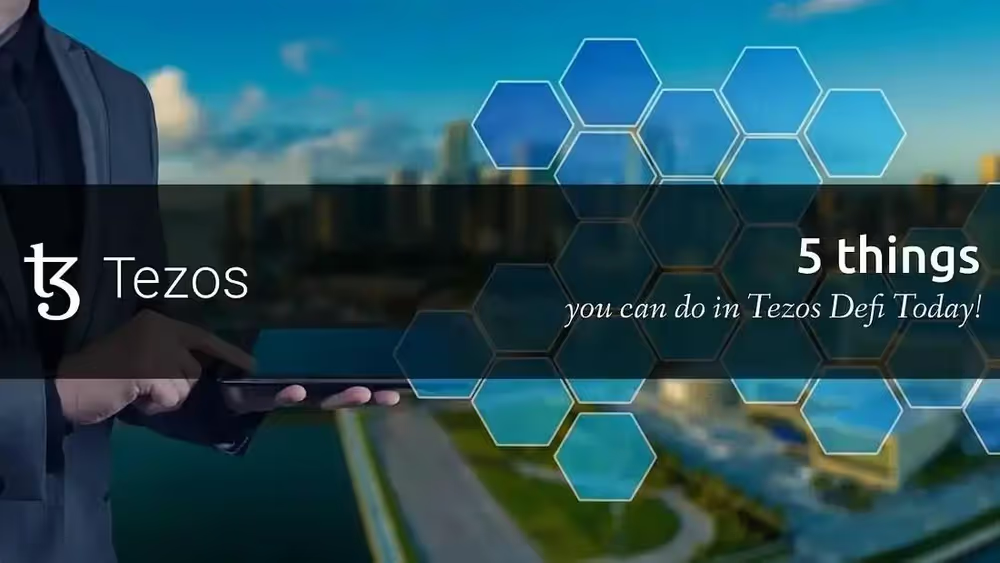
While NFTs are still the biggest part of the Tezos network’s activity, the last couple of weeks we are seeing Tezos DeFi projects topping the volume charts as well, which is not all that surprising if you take into account all the great DeFi projects and tools that are available on Tezos.
Dex aggregators, lending platforms, predictor platforms, and uniswap V3 like dex’es are just some of the cool things that you can use on Tezos DeFi. Since DeFi is a more complicated topic than NFTs, in this article I want us to see 5 things, some basic and some more complicated that people can do today in Tezos DeFi.
Please keep in mind that DeFi, like everything in crypto, includes various risks and requires a good understanding of the concepts to minimize the risks as much as possible. So this article is only for informative purposes and is not financial advice or a stamp of approval for the platforms mentioned.
Alright! With that said, let’s dive right into it!
1. Provide liquidity to a pool, earn trading fees, and farm rewards.
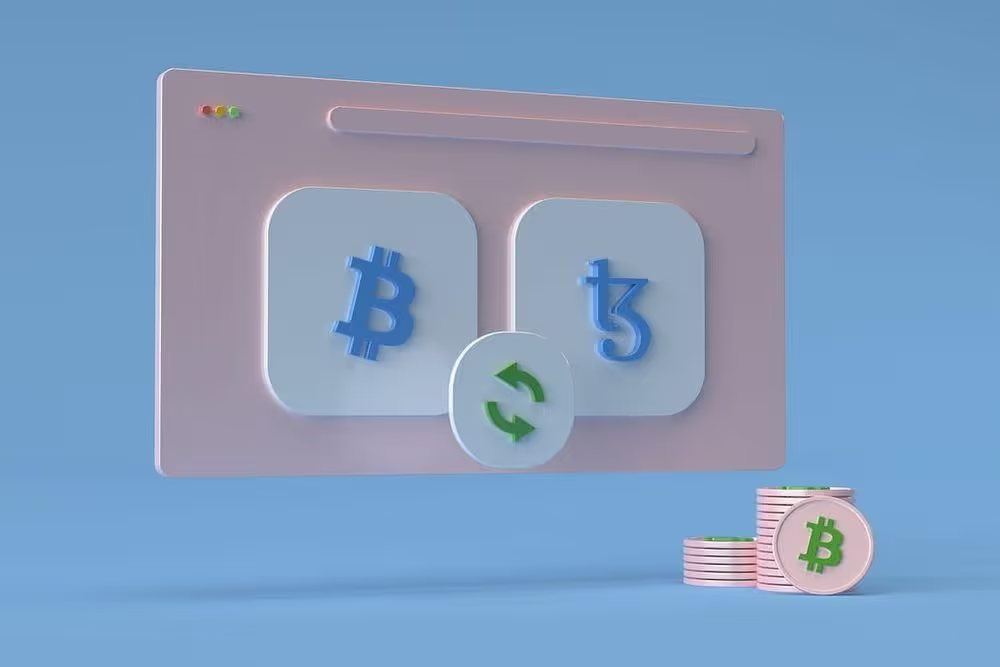
Liquidity providers are individuals who provide funds to deFi liquidity pools in exchange for a share of the transaction fees generated by the pool. The liquidity is provided in pairs of tokens of equal value and you can choose a pair of tokens (ex. XTZ/USDt) or a stable pool that (ex. kUSD/USDt) has less risk of impermanent loss but more than likely has a lower APR as well.
In Tezos, you also have the unique option to become a liquidity provider to the “Liquidity baking” pool (a.k.a Sirius DEX) which is a pool for the XTZ/tzBTC pair and on top of the trading fees, liquidity providers earn extra rewards from the Tezos protocol itself in the form of 2.5 xtz per block for the whole pool. If you are interested to learn more about Liquidity Baking, take a look at my “What is Liquidity baking (a.k.a Sirius DEX)?” article!
Here are some decentralized exchanges on Tezos where you can provide liquidity to token pools: QuipuSwap | Plenty Network | SpicySwap | Mavryk’s frontend for Sirius DEX
2. Join farms to earn extra yield on the liquidity you have provided.
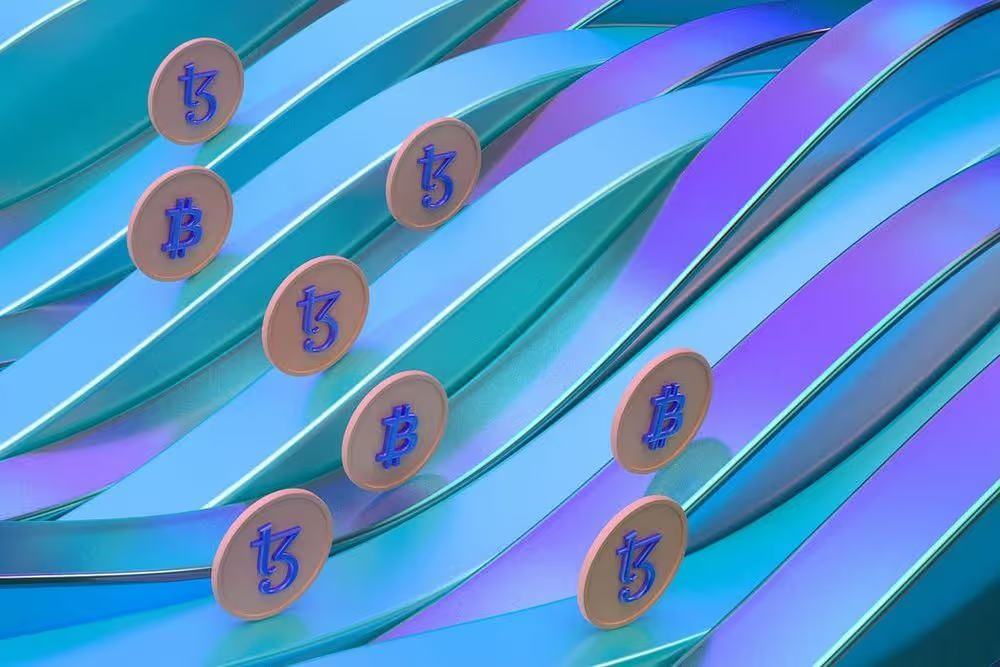
On top of the trading fees when you provide liquidity to a pool, in exchange for that liquidity, you are given LP tokens. LP tokens represent your share of liquidity in the pool. Some of those LP tokens can also be locked/staked in farms to generate extra rewards.
These extra rewards are usually offered in the form of the native token of the respective platforms that created those farms and depending on the APR and how well they hold value, they could possibly offset the impermanent loss of the pair you have chosen to provide liquidity in. (Note, impermanent loss is a tougher subject which I will try to explain on another day.)
Tezos Platforms that offer farms: QuipuSwap | Plenty Network | Matter Defi | Crunchy Network | Youves |
Note that each platform has different rules, reward structures, and lock up periods for their farms so make sure you research them well.
3. Predict or provide liquidity to pools in Juster and earn rewards.
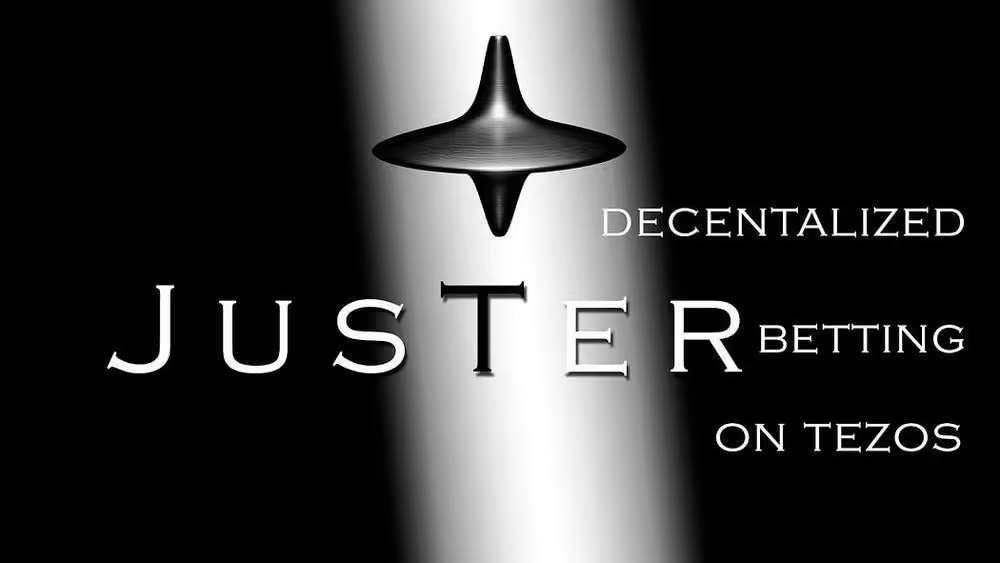
In Juster, users can predict on the price movement of specific crypto pairs in a specific time frame (from 7 hours to 7 days) and earn rewards. For example you can predict if the price of xtz, ETH, BTC, etc. will be higher or lower when the time of the prediction ends and if you are correct you get rewarded.
If on the other hand you don’t feel like predicting, you can also provide liquidity to any of the pools and earn rewards based on how much the predictors are winning or losing.
Platform: Juster.fi
4. Lend your tokens to earn yield.

Peer to peer onchain lending has been one of the biggest use cases in decentralized finance in the previous bull market and now that we have lending platforms on Tezos as well, you might want to lend out your tez or other tokens and get a yield in return.
The APY you are getting is constantly adjusting depending on the utilization rate of the total liquidity. If you are interested to learn more on how onchain lending works, make sure you give the “Lending on Tezos” article a read.
Platforms were you can lend your tez or other tokens: Yupana Finance | TezFin | Kord.Fi
5. Trade completely onchain even with leverage (play with care!).
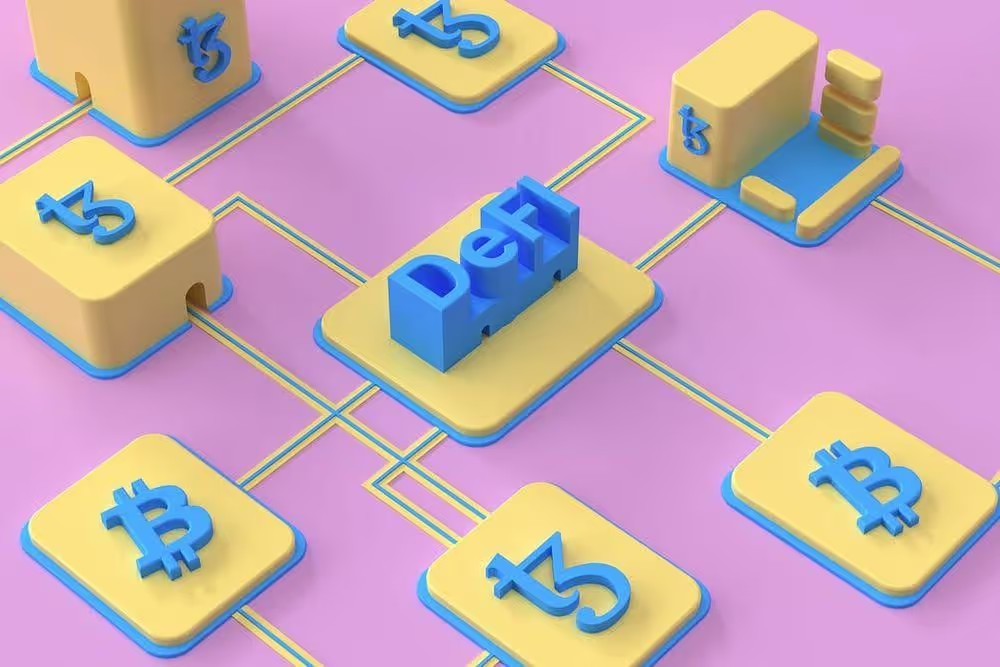
Besides the fact that you can trade between Tezos tokens on decentralized exchanges and dex aggregators, lending and synthetic platforms allow you to put tez and/or tokens as collateral, also make it possible for users to take leveraged positions onchain.
Let’s look at an example where you think that the price of tez is going to rise and you want to open a leveraged ‘long’ position without using a centralized exchange. Let’s say for this example you start with 100 USDT and the prize of tez is at $1 just for the ease of calculations.
- You swap the 100 USDT to 100 XTZ on one of the dexes or using a dex aggregator. This action alone is considered a long position, now let’s leverage it.
- You deposit these 100 XTZ as collateral to a lending or a synthetics platform.
- You borrow/mint another $50 worth of a stable coin like uUSD or kUSD (this amount depends on how much leverage you want to have and how much risk you want to have).
- You use those $50 to buy another 50 XTZ and now you own 150 xtz total instead of 100 that you can normally get with $100.
That’s a leveraged long on XTZ that you did completely on chain. In a similar way, you can use these platforms to ‘short’ a token when you think its price will go down, by doing the complete opposite.
Of course, while leveraged positions can give you more return on your trade, they also have much more risk involved, which also comes with the potential of greater losses, so don’t use them if you don’t understand them completely!
Platforms you can use to leverage: Yupana Finance | Youves | Kolibri Finance | Kord.Fi
In general, Tezos DeFi offers a vast array of opportunities for investors and traders looking to explore the world of decentralized finance. From liquidity providers, staking to yield farming, and borrowing, there is something for everyone in this ecosystem.
However, it is important to emphasize again that DeFi is a very complex and constantly evolving space, and besides the great rewards it comes with, it also has great risks associated with it. As such, I encourage you all to conduct your own research and understand the mechanisms involved before diving into any investment or trading activity.